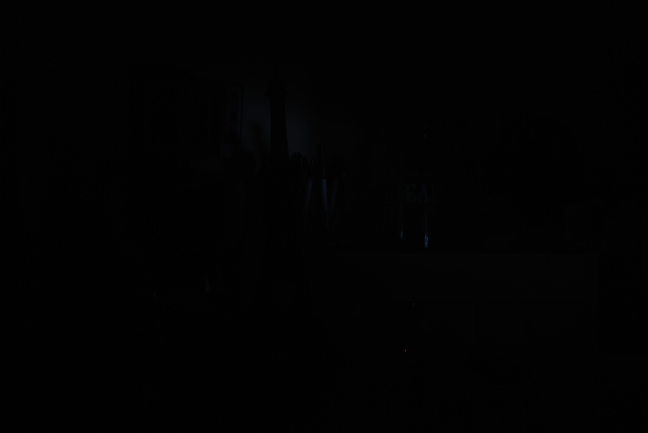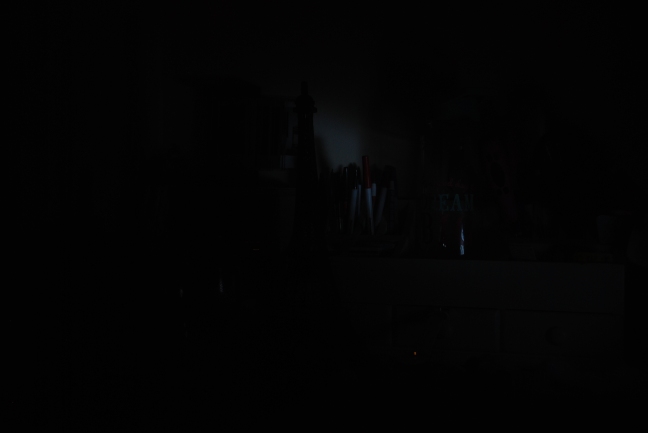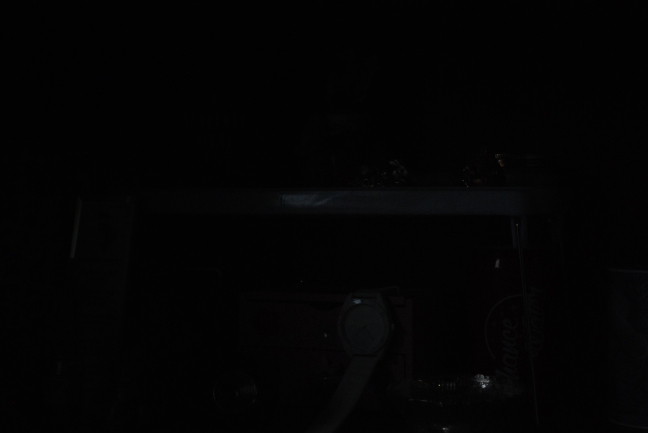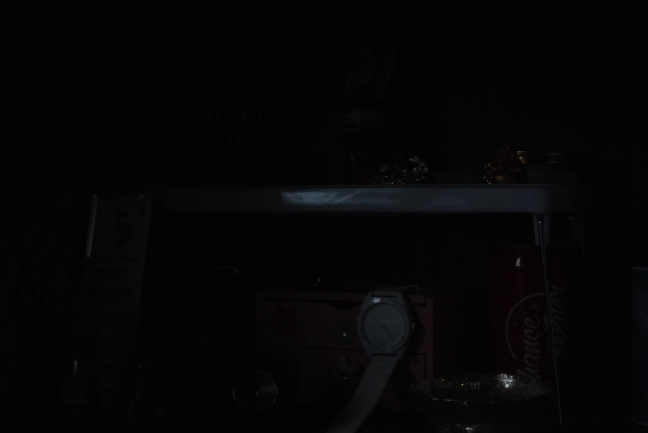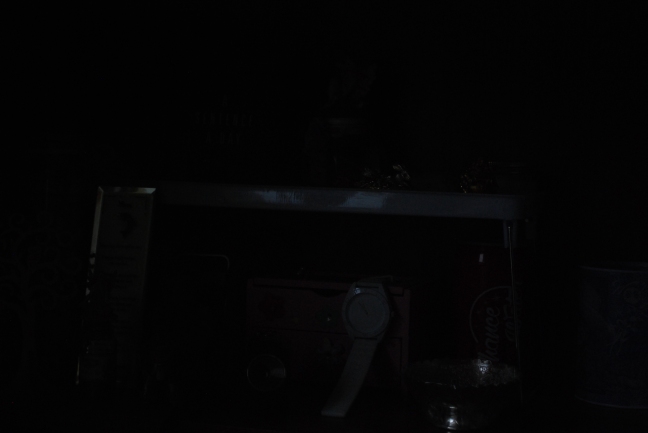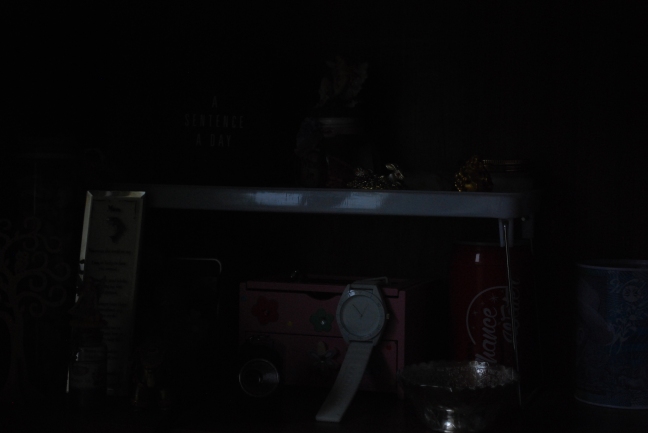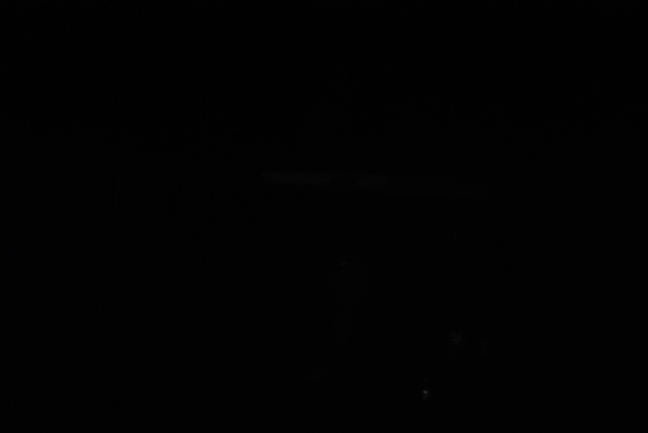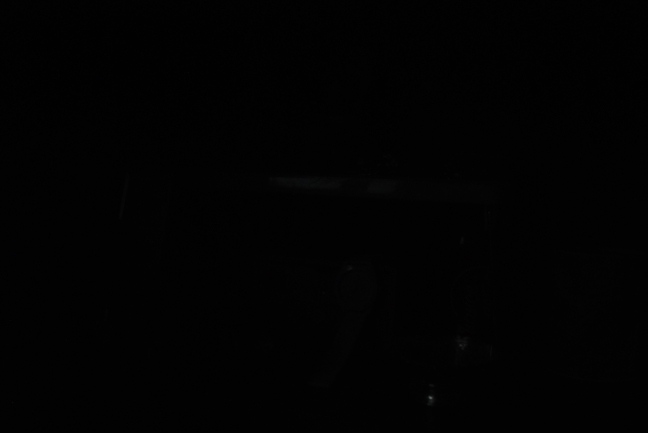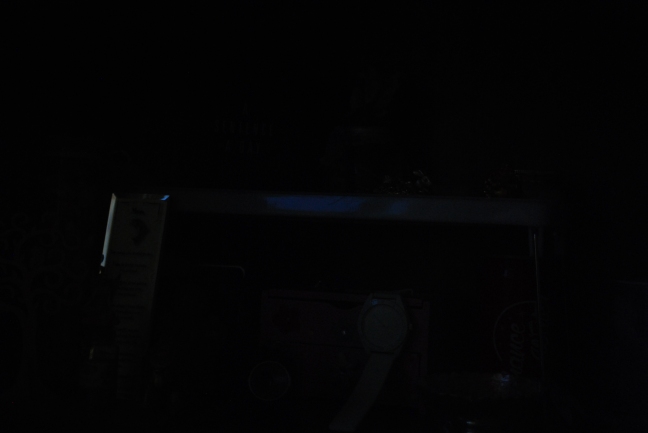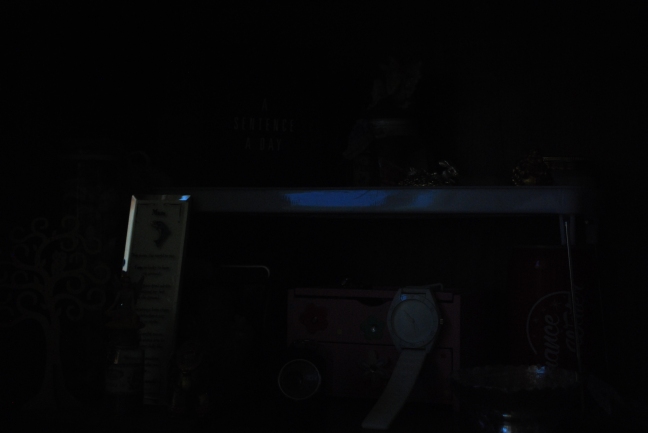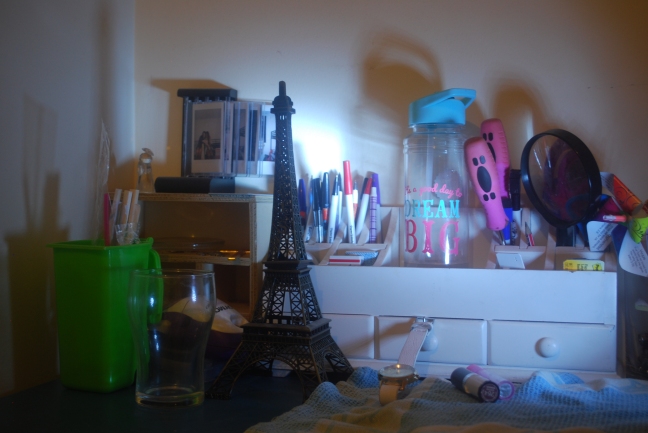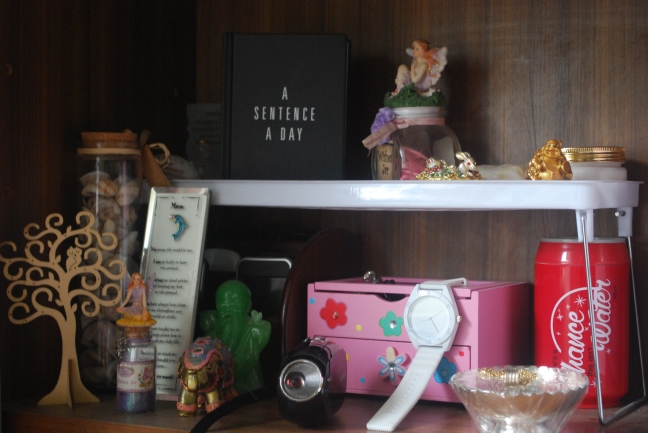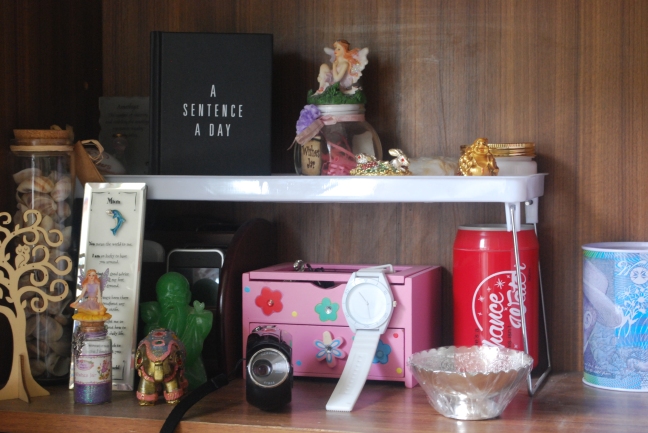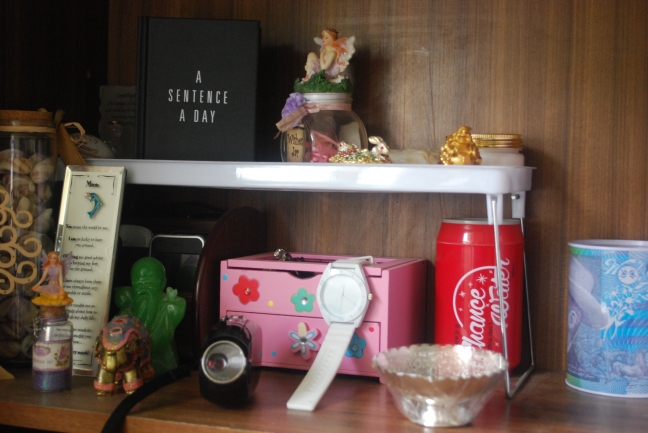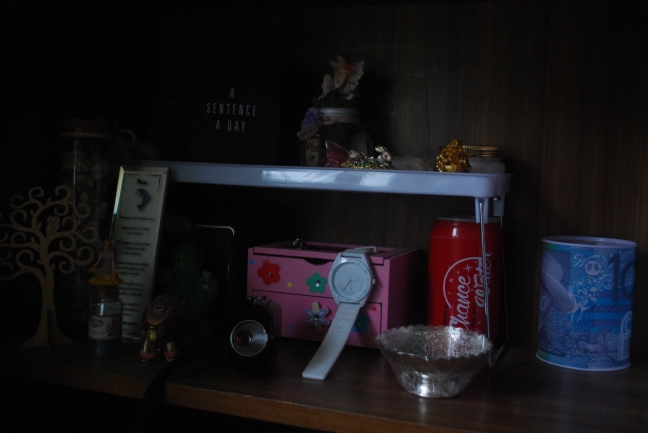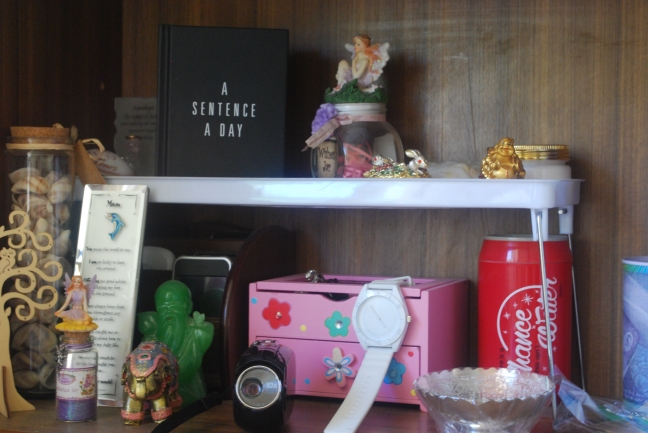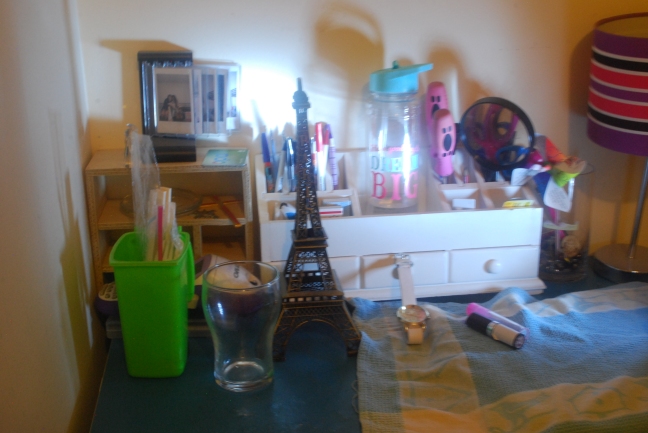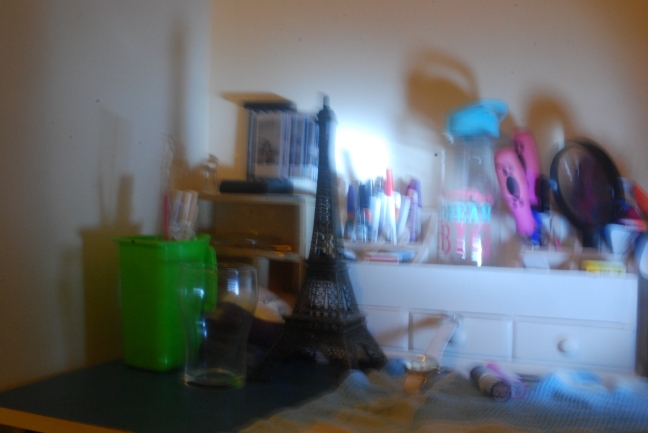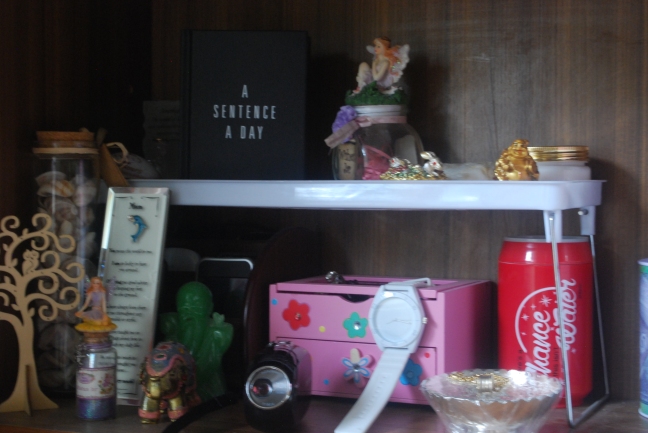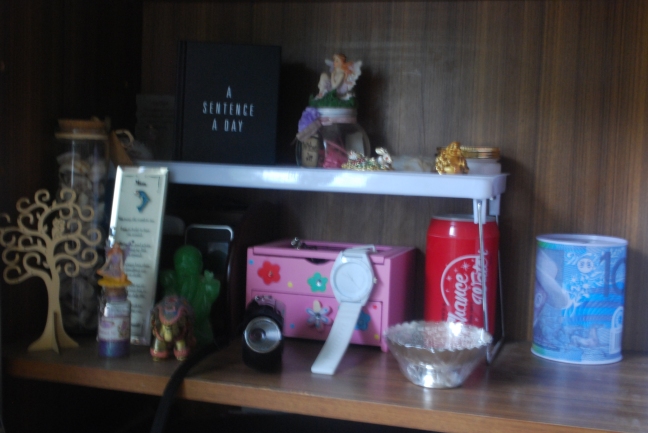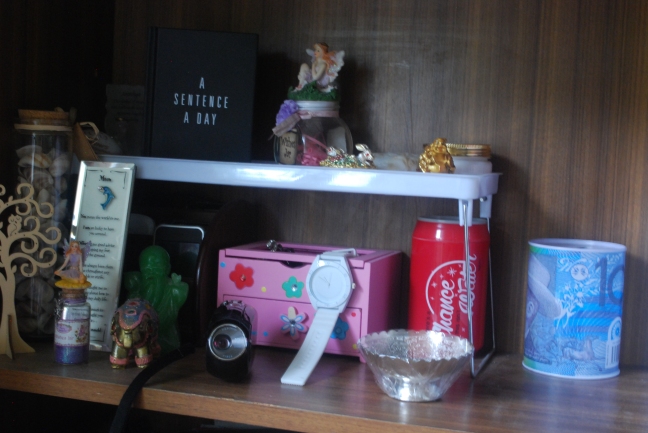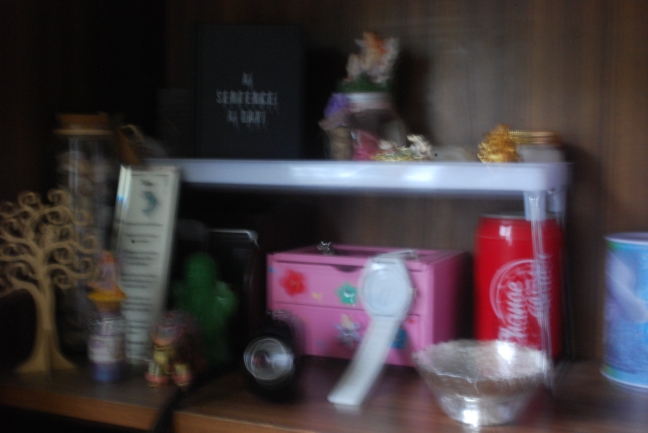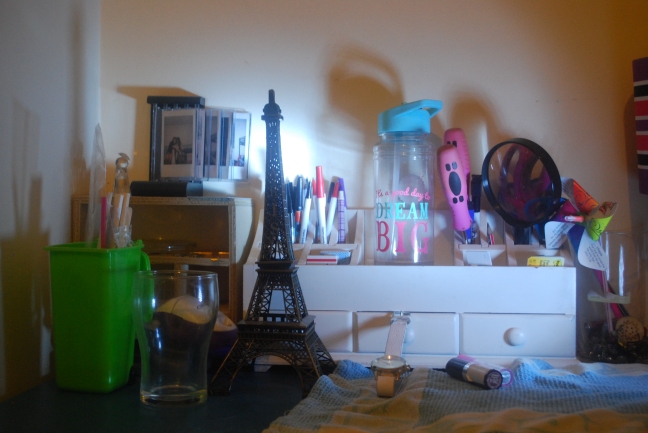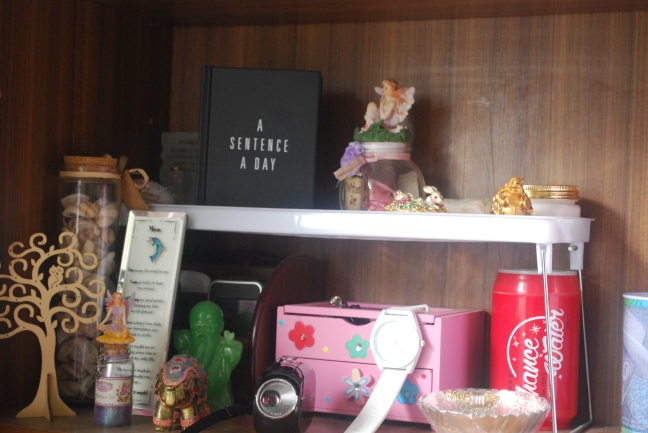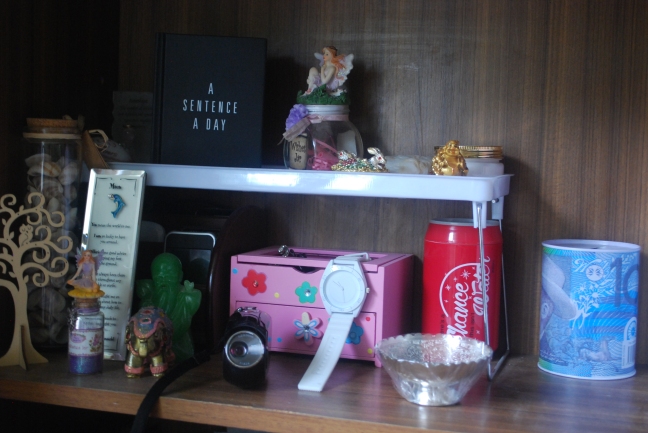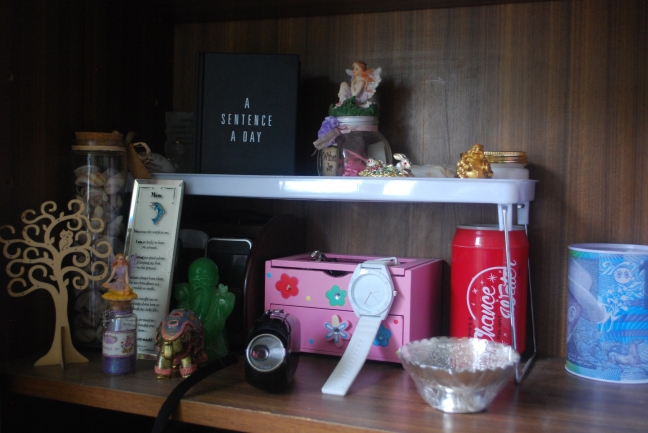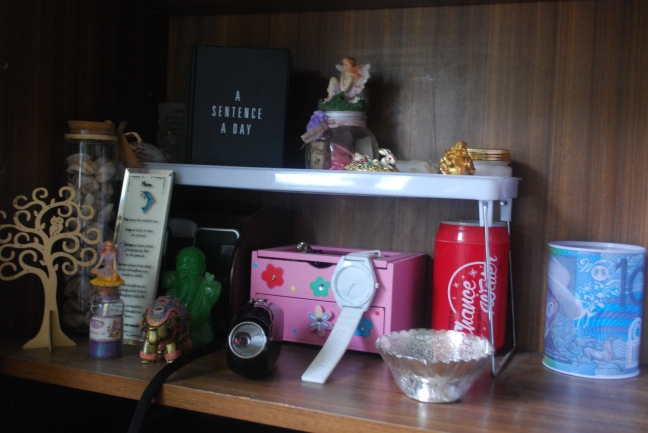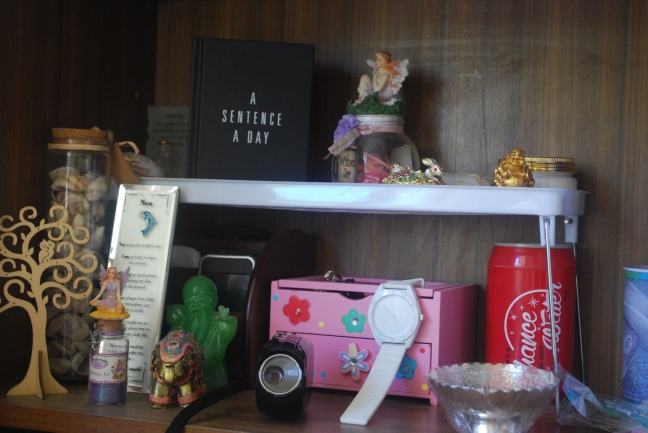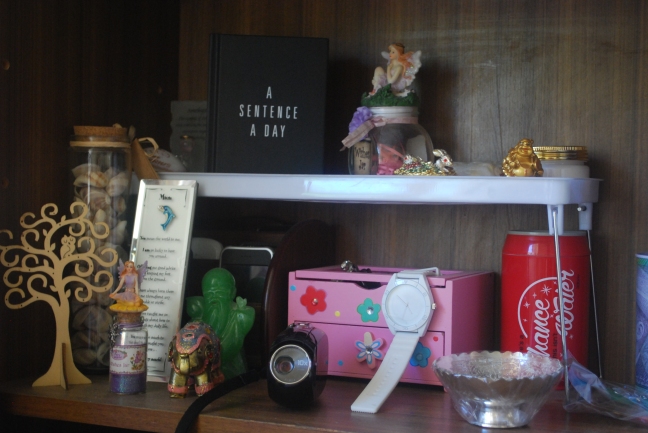One photo from the Penrith series.
Two photos from the Cockatoo Island series.
Three photos blended together in order to create an architectural abstract image.
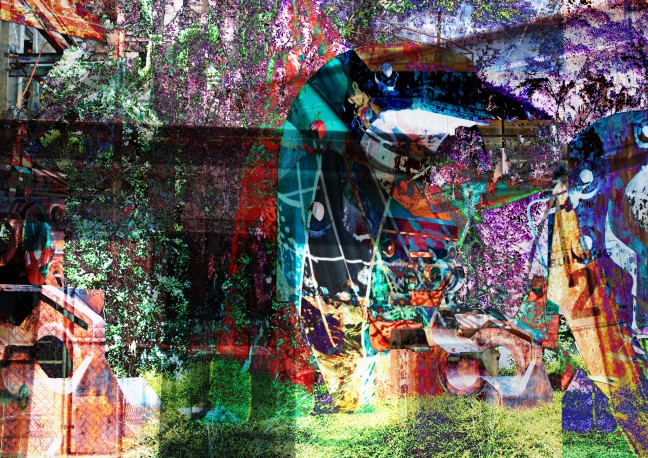
One photo from the Penrith series.
Two photos from the Cockatoo Island series.
Three photos blended together in order to create an architectural abstract image.

The Collingwood Hotel has been around since 1888. Its architecture is famous for it because of its English Tudor style and half-timbered. Even though it’s been around for that long, the Tudor style wasn’t added until the 1930s. Located in Liverpool, the hotel began looking like a Sydney Victorian two storey townhouse. My focus for this series are the lines and redness of the hotel, making the English Tudor style my subject matter.
Penrith is one of the most well-known suburbs in NSW, Australia. It is known for its register of the Geographical Names Board of New South Wales. My focus for this series is that each image has a pattern, or the colour of the sky can be seen or reflected.
The Biennale of Sydney returns for the 20th time this year, and this year’s theme focuses on architecture. The annual creative arts festival has always been held at the Cockatoo Island, which is one of the UNESCO World Heritage Sites. My focus for this series was to capture the architecture, pattern and colour of the buildings and houses at the site.
George Byrne is a photographic artist who moves to Los Angeles, USA in 2010 after he has been living in Sydney, Australia.His main subject matter is the urban landscape of the city. Byrne is influenced by several artists, naming Walker Evans, Stephen Shore, William Eggleston, Richard Diebenkorn and Ed Ruscha. He is interested in the aesthetics of industry and ordinary urban spaces because of the entire new topographic photography moment. “The whole host of other modern California painters who were able to illustrate how certain combinations of form colour can have an amazing alchemy and death.” Through his photographic work, he is seeking to turn the most disposable architecture and landscape that he could find into seismic moments. “LA is just so spread out that the typical day here is usually at least a couple of hours driving around, so you just end up seeing a lot of the city.” He reckons composition in his images is very significant as they often feel like a little puzzle that needs to be solved. His series “Local Division” is sort of his way to look at the beauty and magic of the place he lives in, working out how and where he fit in, and a reminder to keep his eyes open. His photos are reflections of his interest in the city itself.
Source: GB 2016, George Byrne Artist – LOCAL DIVISION EPK, YouTube, retrieved August 2016
Source: GB 2014, George Byrne Sydney 2014, YouTube, retrieved August 2016
TECHNICAL
Max Dupain’s simplistic and direct approach to his photography, focused on the shapes concealed within architectural structures. Dupain shoots a majority of his images in a monochrome form. In most of his works, his images are sensitive to the colour white. He creates a contrasting effect when using black and white. Dupain shows an interest in light, shadows, unusual angles and strong lines. He liked keeping things simple and he preferred black and white photographs. He achieves a creative documenting of the industry through the use of light and shade and dramatic composition. His use of double exposure, where two separate images disintegrate as they blend into each other, produced an effect where the form is immersed in the background. Dupain’s use of dramatic composition, light and shade result in a creative way of documenting industry. He didn’t always use shutter speed unless it was at the beach when people were walking around, in a queue if that’s what the image is and at the Sunday promenade.
VISUAL
Max Dupain uses shadowing as a photographic technique, this shows different angles and the many dimensions of the architecture. He creates images of sharp focus, boldness and graphic composition. Dupain’s direct and simplicity style allows him to compose works that are sharp, bold and graphically structured. His direct approach complemented the shapes inside engineering structures, he was viewed as the picture taker of design in Australia. Through his modernist approach, Dupain’s architectural photographs display an interest in light and shade, strong lines and unusual angles which reveal the ‘essence’ of a building. The Concert Hall in construction demonstrates Dupains visual practices. The black and white image is composed in a certain way that allows Dupain to manipulate the architectural structure of Concert Hall to produce a sharp and bold image. The lighting of the image draws the viewer to look at its centre before our gaze averts and starts looking at the wider image. The artist takes many of his photographs from the front of the architecture in which he uses lighting to create effects on the buildings such as contrasting to tones together to make the building look three dimensional. The direct approach to Dupain’s works complements the shapes that are presented. He liked to “keep things simple” and preferred black and white, to colour photography. Dupain stresses simplicity and directness through the “reduction of the subject to elementary or even symbolic terms” by selection of viewpoint, lighting and after treatment.
CONTEXTURAL
The Australian photographer shoots many photographs of Australian heritage buildings. He also takes many photographs of Canberra buildings, for example, the National Gallery. Many of these buildings have a historical element which reflects his style in photography.
Relationship with Harry Seidler who of which influences his photography. They both have worked together on some projects which include ‘Seidler’s House at 11 Northcote Crescent’. Dupain started a revolution in Australian architecture during the 60 years of his photographic career. Throughout his career, Dupain constantly shot architectural buildings that were iconic or a part of Australian history.
Concert Hall in construction was photographed by Dupain in 1968, during the time when the now iconic Sydney Opera House was being constructed. For him, the Sydney Opera House was an iconic architectural symbol of Australian modernity. Dupain had experiences in photography during the war. He originally joined as a camouflage photographer, he also participated in the photography with the air force to research work by both Australia and The US. At the end of the war, the focus was shifted to promote Australia to overseas. Dupain is known for his photographs of Australian beach culture. He believed in clearly and simply showing Australia’s way of life. The war affected Dupain and his photography, by creating in him a greater awareness of truth in the documentary. His architectural photographs are indicative of the modernist movement which impacted on Australian photography along with other art forms in the 1930s.
CONCEPTUAL
This artist believed in clearly and simply showing Australia’s way of life. Max Dupain’s 1937 photograph, Sunbaker, is quite an iconic image in the way that it shows what it means to be Australian
stressed simplicity and directness in his work. He shoots places of historical significance, for example, the National Library in Canberra which withholds historical importance. He likes to focus on modern and historic architecture. Dupain likes to print in black and white. This helps create a contrast of tones and to use shadowing as a technique. His works that are on display are an important visual record of the changes post-war Australian society went through, from capital cities, architecture and industry, to rural scenes and people. The images were designed to convey a country filled with promise for those wanting to create a new life. Viewing his images, we gain an enhanced and deeper understanding of the appreciation of his role in Australian photographic history. Among Dupain’s more straightforward photographs, several visual themes are present being mainly buildings at twilight, buildings reflected in water, buildings and gum trees, and also buildings under a vast Australian sky.
QUOTES
“I stress two things, simplicity and directness. This means a reduction of the subject to elementary or even symbolic terms, by devious selection of viewpoint, by lighting, by after treatment. I do not always print the total negative … I work mostly in black and white. It suits my will to interpret and to dramatise. I have more control with black and white without which the very personal element is lost forever” – Max Dupain, 1978
“Modern photography must do more than entertain, it must incite thought and by its clear statements of actuality, cultivate a sympathetic understanding of men and women and the life they live and create.”
“I find that my whole life, if it is going to be of any consequence in photography, has to be devoted to that place where I have been born, reared and worked, thought, philosophised and made pictures to the best of my ability. And that’s all I need.”
Robyn Stacey has collections for significant historical and cultural treasuries with physical delicacy and scientific significance, thus why the general public can’t access these collections. Her photographic combinations are subtle yet stunning with enlarged details to show the act of celebration and examination. Stacey uses digital photographic manipulation to represent her collections in a contemporary and noteworthy way, while referencing the exquisites of centuries past.
Robyn Stacey uses specimens housed in three significant botanic and insect collections. Some of the items that she uses are books, skulls, shells and butterflies.
Stacey’s book still life from The Collector’s Nature, which is titled as Leidenmaster I, is a part of the tradition of the Dutch Vanitas and reminds us that knowledge can also be a form of vanity.
The photographs from this series are constructed, while referencing artefacts and historical painting, but only using the contemporary production techniques.
Stacey plays with the viewer’s insight by combining the visual languages of the still life painting traditionally and of contemporary art. Artworks that are odd to us, created by materials of museum and analogue techniques, are often assumed of being digital constructs, even though they are not. Used as an example, her Beau Monde series of butterfly and beetle encrusted balls involved specimens being pinned from the insect collection of Macleay onto a black velvet ball.
A photograph from her The Great and the Good series, titled as Mr Macleay’s Fruit and Flora, seems to be digital construct at its first glance due to the baffling array of fruits and flowers, although there is a historical foundation behind the exquisite collection. When Stacey came up with the idea of representing Macleay’s garden with the flowers she saw on a particular day, she decided to get the flowers off a good florist, but realising that no blooms could truly represent the unique ones of Macleay’s garden. Flowers that were cut and fruits that were picked from Vaucluse House were rushed to Stacey’s studio, located in Waterloo. It took five hours to assemble everything; “Flowers were dying one end by the time we got down to the other.” Stacey explained. The process will be repeated again in August to “get the full impact of what his garden would have been like you’ve got to do all the seasons”.
Stacey speaks about the notion of Australia of home and what it means to our national psyche, while showing her interest with the still life tradition. Her transformation of these historic spaces and objects enables the public to not only peek into earlier worlds, but also to think about the hierarchies of taste, culture and knowledge. Being returned to a fictional reality, the objects create a sense that the settings have been left for only a little moment of time and that people are never far away.
The similarities between Marian Drew and Robyn Stacey’s practices are that they both aim to cover the historical and the present, their objects have meaning and creating different senses, and both Australian artists look at the traces of inhabitation.
Stacey’s work from Tall Tales and True, titled as Chatelaine, features a luxurious collection of objects, consisting of Wisteria spilling out of a vase sitting on a carved side table. The objects are from Vaucluse House’s collection that belonged to its owner, Sarah Wentworth. Her convict past didn’t allow entrance easily into high society at that time. We see proof of the attempts of Wentworth to maintain her social position.
Marian Drew is one of the well-known contemporary photographic artists in Australia. She studied 18th century still life painting in Germany, and has an interest in environmental concerns and the effects of urbanisation. She incorporates elements of paintings, drawings performance installation, sculpture and projection. Majority of her images refer to European still life paintings, which developed throughout the 17th century, mainly in Holland, France, Italy and Spain. Her common standard print sizes are 35.43 x 43.3 inches and 43.68 x 52.68 inches. She expresses a concern between the relationships of human and animals. Drew explores painting techniques through photography, and has knowledge of vanitas compositions and object symbolism.
In each of Drew’s still life work, it shows an Australian native animal that is placed on a table with linen and other objects surrounding it, such as fine china, fruit, vegetables and candles. Two of the items she often uses in her work are the embroidered fabrics and delicate china patterns, and the backgrounds of her images often contain Australian landscape. Her work features exquisitely rich colours, palatable compositions and sensual textures. Marian Drew photographs her images in a dark studio with a 6×7 medium-format film camera. She uses a torch, which is used like a paintbrush on the objects, to illuminate the objects in the image while the camera is on a long exposure, which is how her lighting is often soft.
Throughout her images, we can see that she used some of the traditions and techniques of Dutch 17th century still life painting, such as arranging her objects similar to vanitas. Each native creature is the remaining of a killed animal through evolution and expansion of European settlement in Australia. Drew uses dead animals to create meaning, also using a kitchen set up to add significance. The dead animal used are often roadkill frozen by Drew, and she uses a number of them to get her message across. Using animals that have died of natural causes adds level of understanding and mourning. She photographs native Australian animals such as pelicans, fruit bats, magpies, rosellas, wombats, galahs, bandicoots and kangaroos. Although she mainly works with Indigenous animals to represent the culture deteriorating.
The vanitas and the 18th century European still life painting influence the still life works of Marian Drew. Each still life creates an uneasy stillness by carefully composing animal and the objects. She brings the animals into a room, and her home, where she feels safe, is brought to a conclusion when she is confronted with death of animals. The animals that are involved into Drew’s works are represented as a part of the residue of environmental degradation, the result of littering roadsides and animals that have been washed up on beaches. Her series called “Australiana” is very similar to the vanitas traditions of still life painting, because of the symbolic pictures, which contain various references to death and decay. She uses Aboriginal animals to represent the traditional owners of the land, and implicates the disregard society have for wild animals by representing dead animals as still life objects.
The audience is shown the limp stillness of each animal by the unnatural composition of their limbs and bodily gestures. Drew’s still life series depicts the fragility of our environment and its inhabitants, and her still life series explore the contemporary notions death and a changing relationship to animals. She portrays this idea of a clash between nature and culture, and a deathly and tense aspect of still life is present in her work. Drew provides the viewers with the perspective of the distress of the animals being killed on our streets, and wants to convey the subject of life and death and how they can be associated. In this series, the contrast in Drew’s work are share delicacy and beauty, depth and sensation. She makes her ideas obvious enough for the viewer to understand just by visualising the basic photograph, without having to look too much into the background of the photograph. Her still life series aims to cover the historical and the present, the European with the antipodean and photography with painting. Her main concept is to make roadkill beautiful, and she compares life with growth. Drew chooses colours with a vibrant and lively feel as she is associating death and life, the new beginning which uses colour to represent life. Drew aims to reveal a modern relationship between the collaboration of urban life and the animal kingdom.
